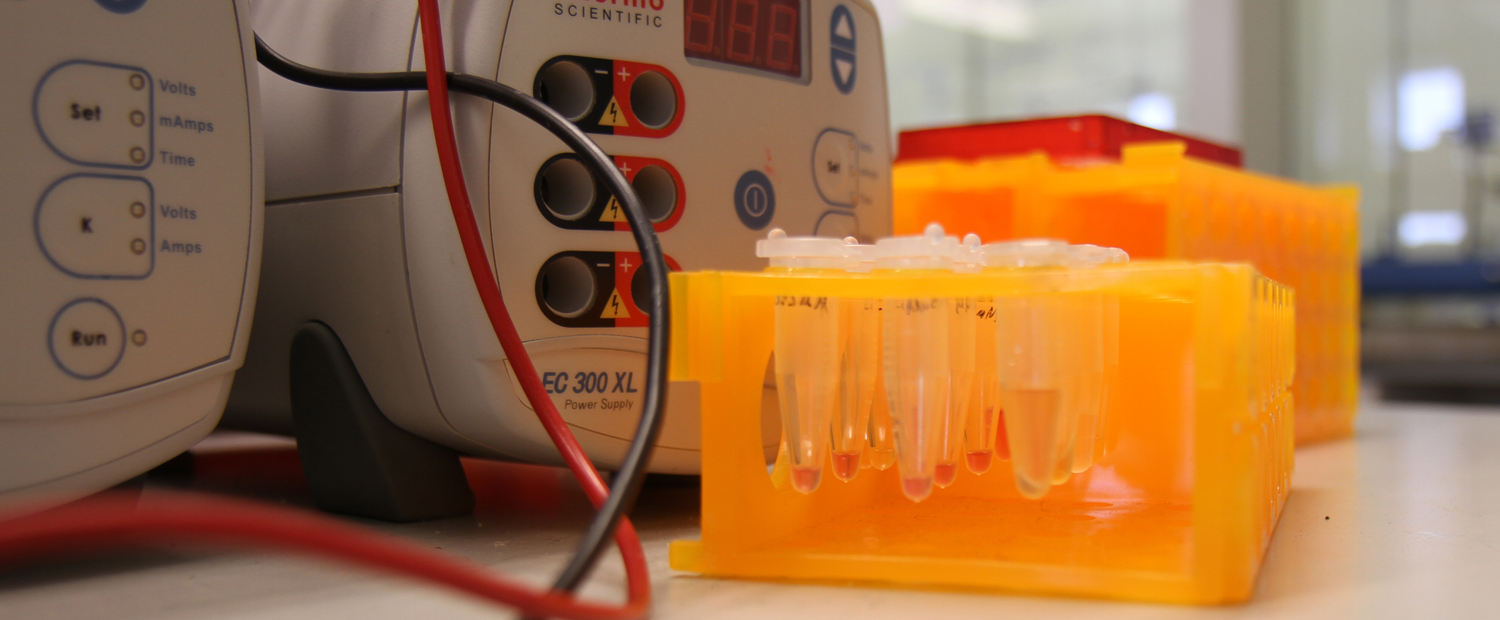
The Serpell Group works on the supramolecular chemistry of macromolecules. Our aim is to exploit the breadth and depth of supramolecular chemistry, chemical biology, and nanotechnology, forging new links and generating new chemical structures, functions, and technologies.
Sequence-Defined Polyphosphoesters
The secrets of life are written in the sequences of polymers: nucleic acids and proteins. Amongst their attributes, these biopolymers are capable of storing vast quantities of information, catalysing reactions to the diffusion limit with absolute selectivity, creating materials of exceptional strength and resilience, and imparting microscopic and macroscopic motion. In all these cases, it is supramolecular chemistry – non-covalent interactions such as hydrogen bonding, π-stacking, electrostatics, and the hydrophobic effect – which acts as to translate monomer sequence into function and activity.

We are recapitulating these concepts using synthetic motifs by applying solid-phase synthesis in a new way. The non-natural sequence-defined polymers we are generating are capable of programmed folding, molecular recognition, and biological function. We use the automated phosphoramidite synthesis used typically for DNA to produce highly modified oligonucleotides, DNA-peptide hybrids, and entirely non-nucleosidic sequence-defined polymers, for fundamentals of self-assembly, and applications in therapy, sensing, and catalysis via discovery of sequences with high affinity. We collaborate with industrial aptamer scientists and a number of groups in the Kent School of Biosciences on this topic.

Hierarchical and Emergent Self-Assembly
Structural organisation in living systems is characterised by both emergent self-assembly (structures not trivially predictable from the individual components), and dynamic behaviour (i.e. variation with time). We are investigating DNA-peptide hybrids and their orthogonal self-assembly into as yet unknown superstructures – to do this we are creating structured materials in an ‘engineered emergent’ fashion by coupling the competing orthogonal requirements of DNA and peptide assembly.

This approach has been used to create small molecules which display properties of both DNA and peptides, interacting in a hierarchical fashion, producing gel nanostructures and gels which interact with DNA. We are now focusing on macromolecular peptide-DNA hybrids for advanced self-assembly.
Drug discovery and delivery
Living creatures synthesis a huge diversity of natural products with biological action. This provides a rich source of molecules for drug discovery. However, many studies stop at the preliminary efficacy stage. We are working with collaborators in Vietnam and Malaysia to not just discover new therapeutic natural products, but to understand their activity though chemical biology techniques and create chemical derivatives which will push these compounds along the pathway to the clinic.
Nanotechnology hold immense promise for improving the efficacy of known drugs by providing temporal and spatial control over release of the active compound. However, most systems which do this contain far more polymer than drug, and this is a problem when a high local dose is needed – for example, in the use of non-steroidal anti-inflammatory drugs for chemoprevention of certain cancers. We are making polymers out of the drugs themselves, such that the polymers can be formulated into targeted nanoparticles, which will then degrade to release the drug at a controllable rate, at the proper therapeutic site (e.g. the cancer). A recent example of this is the creation of degradable polymer nanoparticles built out of salicylic acid.

